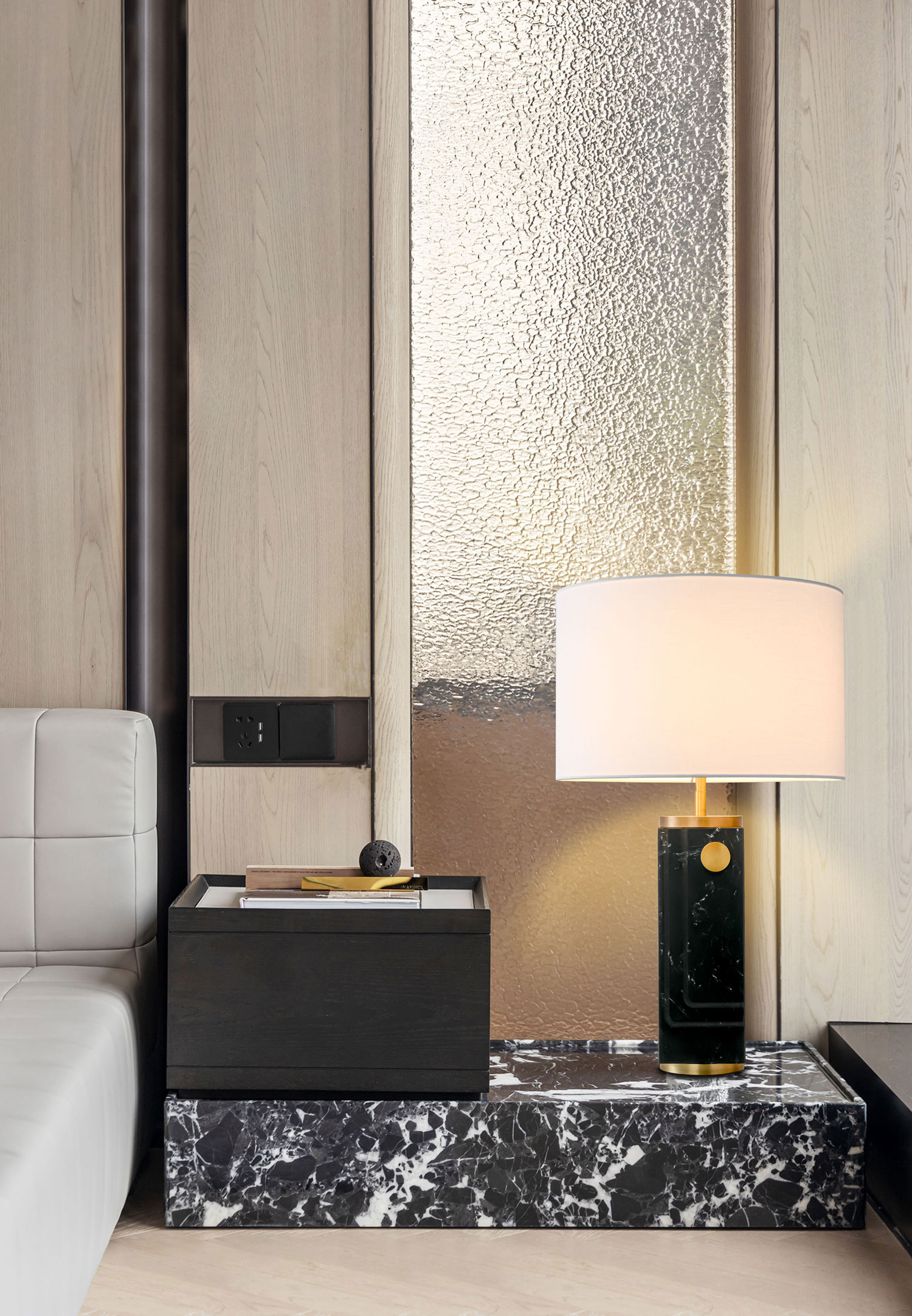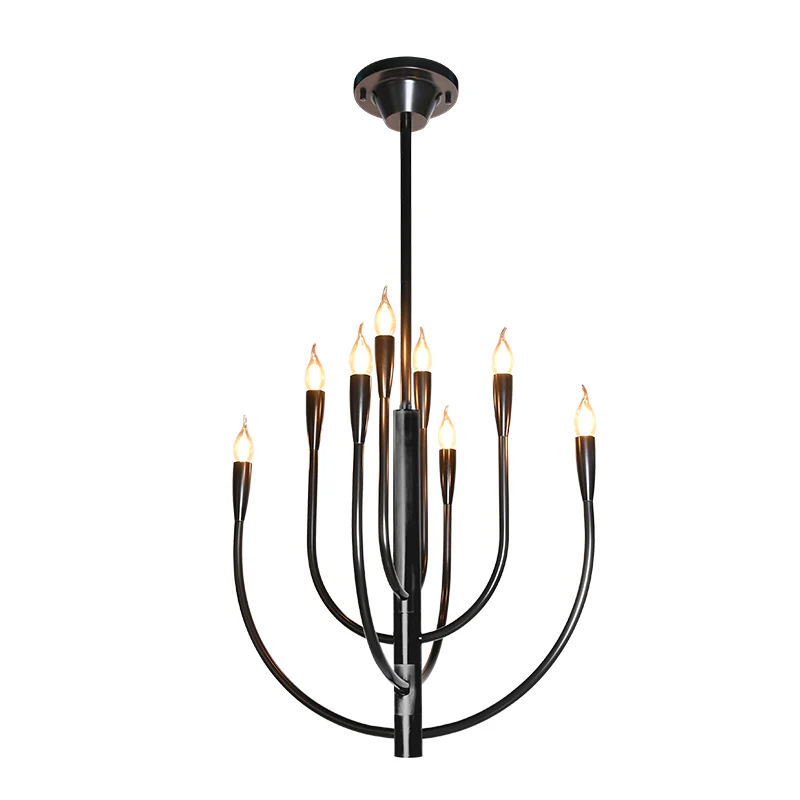Exploring the Benefits and Features of Modern LED Lights
Exploring the Benefits and Features of Modern LED Lights
In today's world, the shift towards energy-efficient lighting has become more pronounced than ever. The modern LED Light is at the forefront of this transformation, offering not just a brighter environment but also significant savings and environmental advantages. This article delves into the various aspects of modern LED Lights, including their benefits, features, applications, and even important considerations for consumers looking to make the switch.
What Are Modern LED Lights?
Light Emitting Diodes (LEDs) are semiconductor devices that emit light when an electric current passes through them. Modern LED Lights have evolved dramatically over the past few years, with improved efficiency, brightness, and longevity. This innovative technology has become a popular alternative to traditional incandescent and fluorescent lighting.
Benefits of Using Modern LED Lights
There are numerous benefits associated with the use of modern LED Lights, which make them a superior choice for both residential and commercial settings:
- Energy Efficiency: One of the most significant advantages of modern LED Lights is their energy efficiency. They consume far less electricity compared to traditional lighting options, which can lead to substantial savings on utility bills.
- Longevity: Modern LED Lights have an impressive lifespan of up to 25,000 hours or more, meaning they need to be replaced far less frequently than incandescent bulbs, which typically last only 1,000 hours.
- Environmental Impact: LEDs contain no harmful substances and are fully recyclable, making them a more environmentally friendly option. This also contributes to reducing the carbon footprint.
- Versatility: Modern LED Lights come in a variety of shapes, sizes, and colors, making them suitable for different applications, from residential homes to commercial spaces.
- Instant Lighting: Unlike some fluorescent lights that may take time to warm up, LEDs provide instant brightness, which is ideal for situations where immediate lighting is needed.
- Low Heat Emission: LEDs emit very little heat in comparison to incandescent and halogen bulbs, reducing the risk of burns and lowering cooling costs in the summer.
Comparative Table of Lighting Options
| Lighting Type | Average Lifespan | Energy Use | Heat Emission |
| LED | 25,000+ hours | Low | Minimal |
| Incandescent | 1,000 hours | High | High |
| Fluorescent | 7,000 hours | Moderate | Moderate |
Applications of Modern LED Lights
Modern LED Lights are versatile and can be employed in various settings. Some common applications include:
- Residential Lighting: From living rooms to kitchens, LED Lights can enhance the ambiance while reducing electricity consumption.
- Commercial Spaces: Businesses utilize LED Lights for their energy efficiency and long lifespan, improving workplace productivity.
- Outdoor lighting: Street lights and architectural lighting benefit from the durability and brightness of LEDs, providing safer environments.
- Automotive Lighting: Many modern vehicles now come equipped with LED headlights, which offer improved visibility and longevity.

Choosing the Right Modern LED Lights
When selecting modern LED Lights, consumers should consider several factors to maximize their benefits:
- Lumens vs. Watts: Understand the difference between lumens (brightness) and watts (energy use). A higher wattage does not necessarily equate to brighter light.
- Color Temperature: LEDs come in a range of color temperatures. Select warm white (2700K-3000K) for cozy spaces and daylight (5000K-6500K) for task-oriented areas.
- Dimmer Compatibility: If your fixtures have dimmer switches, ensure the LED Lights you choose are compatible to avoid flickering or buzzing.
Maintenance Tips for Modern LED Lights
While modern LED Lights require minimal maintenance due to their longevity, there are a few tips for homeowners to ensure they get the most out of their lighting:
- Regular Cleaning: Keep LED fixtures clean to maintain their brightness. Dust and dirt can diminish light quality.
- Check for Flickering: If lights flicker, it may be due to a voltage issue or incompatible dimmers.
Conclusion
In conclusion, modern LED Lights represent a significant advancement in lighting technology, offering numerous benefits that include energy efficiency, long lifespan, and versatility. They can be used across various applications, providing a sustainable and bright solution for both residential and commercial environments. When making the switch, consider factors such as brightness, color temperature, and compatibility to ensure you make the right choice. As more consumers become aware of the advantages, the widespread adoption of modern LED Lights is likely to shape the future of lighting for the better.
As a final note, transitioning to modern LED Lights not only positively impacts your energy bills but also contributes to a greener planet. It's an investment worth considering for anyone looking to improve their lighting solutions.
